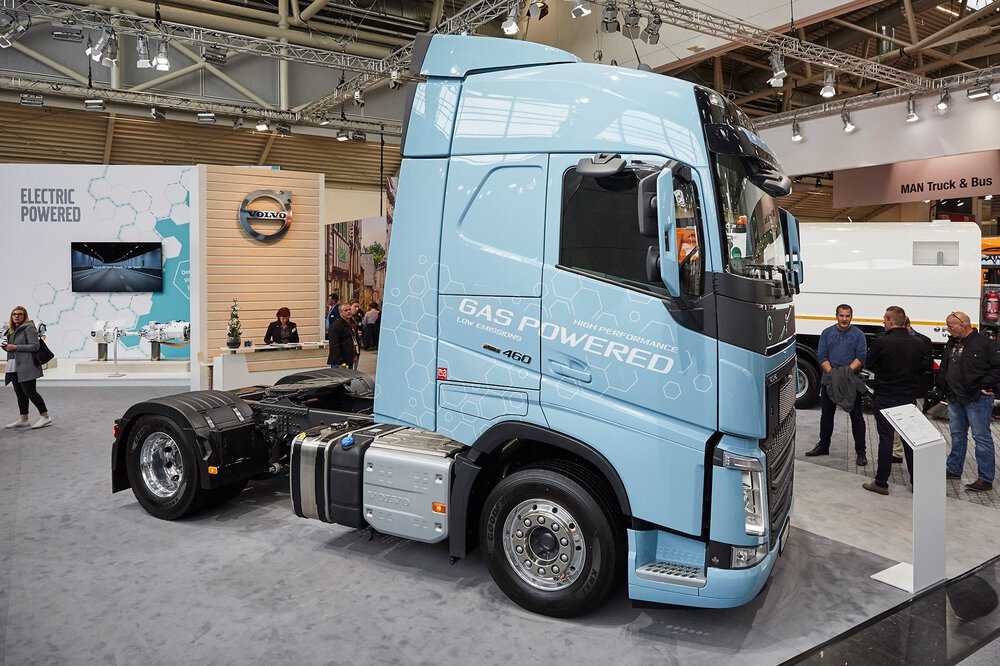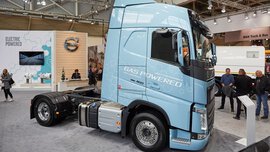Municipalities increasingly rely on electric drives
December 5, 2019
- Lower emissions for street cleaning, waste collection and winter service
- Longer range thanks to hydrogen fuel cell technology
- IFAT 2020: from prototypes to widely available products
The major goals of cities and communities include modern environmental services with minimum emissions. That’s why electric drives, among other things, are currently in particular demand. IFAT 2020 in Munich will present both established solutions and new developments.
Less air pollution, fewer greenhouse gases, less noise—these are some of the wishes people have for modern urban life. “Many municipalities have therefore been gradually switching their vehicle fleets to alternative, low-emission drives for several years now—not only in Germany and Europe, but increasingly also in Asia,” says Frank Diedrich, Director of the European manufacturer association EUnited Municipal Equipment. Particularly vehicles and machines with electric drives are currently on the upswing. And almost every manufacturer has at least one electric model in its compact sweeper range. However, the further development of truck sweepers is still a challenge. Diedrich explains: “If you want to convert them to electric drive, you probably need to give the vehicles a completely different design than a truck with a combustion engine in order to optimize weight and space.”
Electric waste collection vehicles are suitable for everyday use
An issue that has apparently already been resolved in the case of waste collection vehicles. “In waste collection, electric vehicles are now completely suitable for everyday use—and are already being used in many municipalities, especially in Switzerland,” reports Bernd Sackmann, Managing Director of the German Municipal Vehicles and Equipment Industry Association (VAK). And the range of basic vehicle and body manufacturers is expanding: it was only in November 2019 that Volvo Trucks announced the launch of two electric truck models in Germany, France, the Netherlands, Norway, Sweden and Switzerland. In addition to urban distribution traffic, the vehicles were explicitly developed for waste disposal. Series production is planned for March 2020.
Clean municipal utility vehicles have not yet been manufactured on an industrial scale and are therefore still relatively expensive. However, municipalities are reluctant to pass on these additional costs directly to their citizens. So, appropriate state support is of great importance here.
Filling up with electricity from waste
Electricity from waste—an interesting ongoing project in this context: in Bremerhaven, as of late, a purely electrically driven refuse vehicle from Faun has been charging its energy from a high-performance charging station which is fed directly from the local waste-to-energy plant.
Fuel cell vehicles close to regular operation
At IFAT 2018—the world's leading environmental technology trade fair—Faun presented prototypes of a refuse collection vehicle and a sweeper, each with an electric drive that combines hydrogen fuel cell and battery technology to increase the range. The first vehicles equipped with this technology are expected to be in regular service in German cities from 2020. “In the municipal vehicle market, the last IFAT presented an impressive setup of technological innovations. For IFAT 2020, I expect many of these prototypes to have stabilized into products that can be bought and used,” says Bernd Sackmann.
Novelty at IFAT 2020: electric brine sprayer
In addition to this consolidation, however, it is already clear today that the new edition of the trade fair from May 4 to 8, 2020 at the Munich trade fair center will once again feature new ideas for low-emission municipal technology. For example, Bucher Municipal Gmeiner GmbH will be the first manufacturer to offer a pure brine sprayer for winter road clearance, which is exclusively electrically driven. “Husky Le” does not require its own hydraulic supply and does not fall back on the battery of the carrier vehicle. Hence, it is suitable for all winter service vehicles.
Downloads
260887
Belonging images




